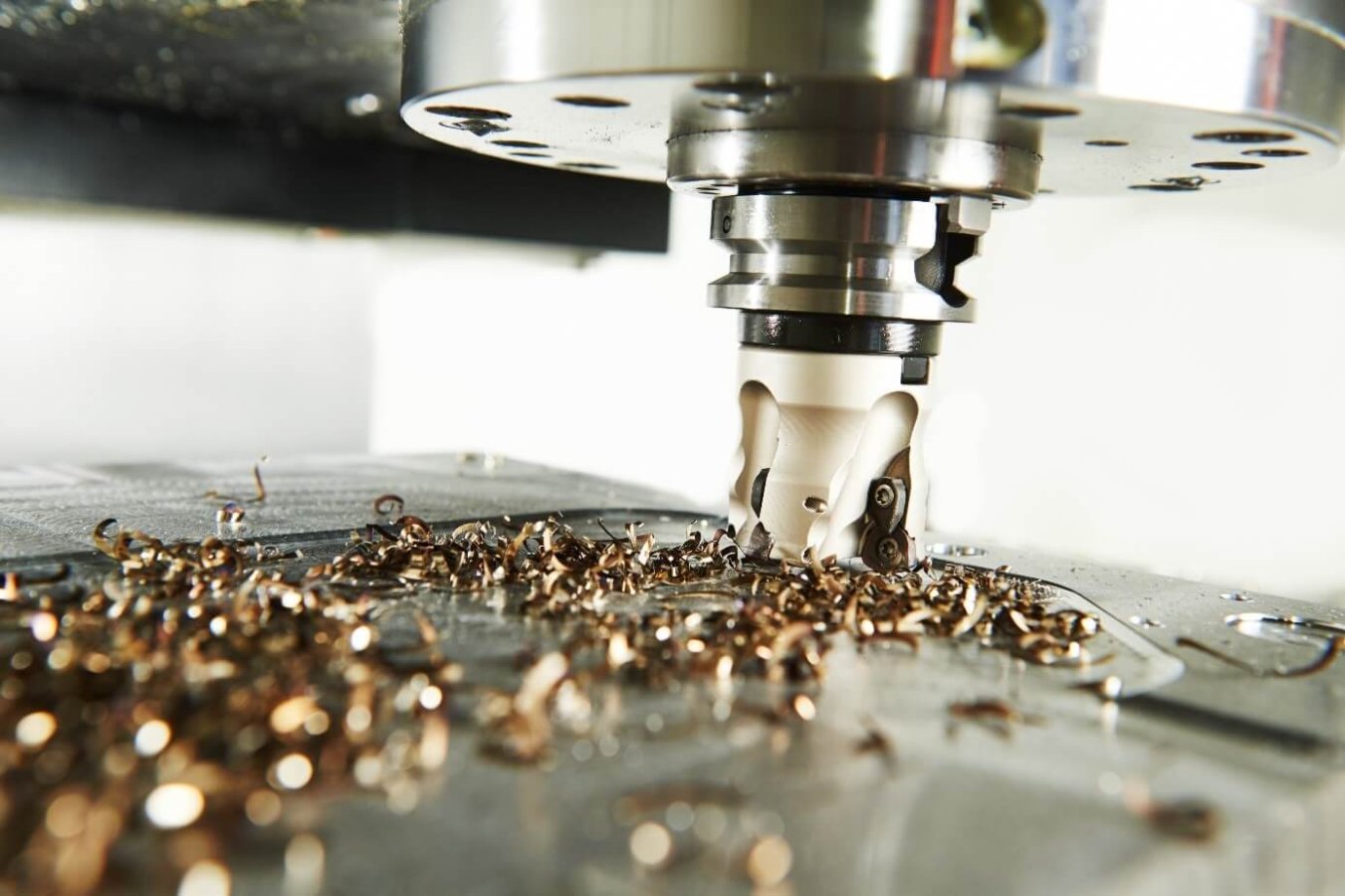Second-Hand Machining Machines
Second-hand machining machines are a crucial type of
industrial machine that are widely used in modern industry. These machines,
which continue to evolve and improve, are used to impart desired features to a
material by removing layers from a workpiece. This process, known as machining,
is particularly useful for shaping surfaces and achieving specific dimensions.
The removed layers are referred to as chips. By using both new and second-hand
machining machines, materials can be shaped as required.
Types of Second-Hand
Machining Machines
Milling Machines
Grinding Machines
Boring Machines
Lathes
CNC Lathes
Are Second-Hand
Machining Machines Harmful?
Machining machines are not a type of machine that can be
frequently replaced due to their high cost and significant importance in the
industry. Choosing the right machining machine is crucial as it will affect the
final product. When considering cost and performance, second-hand machining
machines emerge as a viable option. Generally, second-hand machining machines
work as well as new ones, with costs being significantly lower, and efficiency
around 80-90%. The condition and source of the machine are key factors. In
practice, second-hand machining machines can be as effective as new ones,
making them a budget-friendly choice without significant performance loss.
Why Use Second-Hand
Machining Machines?
Given that second-hand machining machines often perform
almost as well as new machines and are much cheaper, they are widely used in
the industry. For detailed information or to purchase a second-hand machining
machine, you can contact Heka Makine.
Requirements for
Machining
Specific machines are needed to perform machining, a process
where human intervention is also required. Both new and second-hand machining
machines can expedite these processes. This method is commonly used in the
furniture industry, but it can also be applied to wood, metal, and plastic materials
under certain conditions.
Types of Machining
Processes
The use of second-hand machining machines is increasing due
to the high costs of new machines and the minimal differences in operation
between new and second-hand machines. Common machining processes include
turning, milling, drilling, and grinding. Machining involves processes like
casting, plastic forming, rapid prototyping, and welding, where the material
mass is preserved while shaping the material into the desired form.
Advantages and
Disadvantages of Machining
One of the main goals of manufacturing technology is to
produce low-cost, high-quality products. The efficiency of material use is
crucial. When considering the material types, surface quality, and mechanical
properties of the parts to be produced, both new and second-hand machining
machines offer significant advantages.
Advantages:
A wide variety of materials can be machined.
Materials can easily be shaped to desired dimensions and
forms.
Digital designs can be quickly turned into physical
products.
Disadvantages:
Material waste is possible.
Since machining involves shaping metal, plastic, and wood,
material loss can occur.
Heka Makine and Second-Hand Machining Machines
As a leading name in the field, Heka Makine strives to
innovate in the metal machine sector, prioritizing customer satisfaction, high
performance, and reasonable pricing. For any second-hand machining machine
needs or new metal machine requirements, you can contact us to find the most
suitable devices for your needs. We provide all kinds of support and
assistance, ensuring you get the best solution. Contacting us is all you need
to do.

